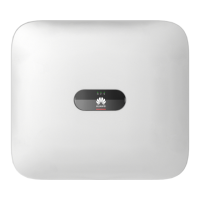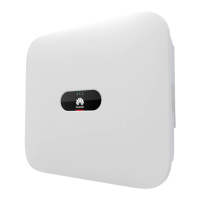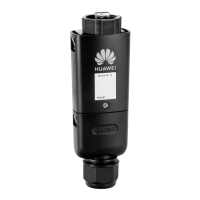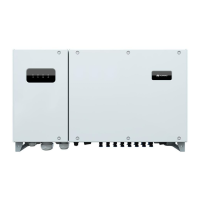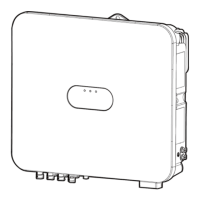LUNA2000-200KWH-2H1 Smart String ESS
User Manual
Copyright © Huawei Technologies Co., Ltd.
Class C environment: Outdoor areas more than 500 m away from the sea. If a site is near a pollution
source, it must be 1500–3000 m away from heavy pollution sources, such as smelteries, coal mines,
and thermal power plants; 1000–2000 m away from medium pollution sources such as chemicals,
rubber, and galvanization; or 500–1000 m away from light pollution sources, such as packing houses,
tanneries, boiler rooms, slaughterhouses, landfill sites, and sewage treatment plants.
Class D environment: Sea environments or outdoor areas within 500 m away from the sea. If a site is
near a pollution source, it is within 1500 m away from heavy pollution sources such as smelteries,
coal mines, and thermal power plants, within 1000 m away from medium pollution sources such as
chemical, rubber, and galvanization industries, or within 500 m away from light pollution sources
such as packing houses, tanneries, boiler rooms, slaughterhouses, landfill sites, and sewage
treatment plants.
Class E environment: Special environments, such as underground or underwater environments.
Working at Heights
Wear PPE such as safety helmet, safety belt, and waist rope fastened to a solid structure.
Do not mount it on an insecure and moveable object or metal object with sharp edges.
Make sure that the hooks will not slide off.
Set a restricted area and put up prominent signs for working at heights. Only related
personnel can enter the area.
Do not pile up scaffolding, springboards, or other objects on the ground under the area
involving working at heights. Do not allow people to stay or pass under the area
involving working at heights.
Personnel involving working at heights are not allowed to throw objects from the height
to the ground, or vice versa. Objects should be transported by ropes, hanging baskets,
highline trolleys, or cranes.
Inspect the scaffolding, springboards, and workbenches used for working at heights in
advance to ensure that their structures are solid and not overloaded.
Stop working at heights in rain and other hazardous situations. After the preceding
conditions no longer exist, the safety director and relevant technical personnel must
check the involved equipment. Operators can begin working only after obtaining
approval.
Set guard rails and warning signs at the edges and openings of the area involving
working at heights to prevent falls.
Carry the operating devices and tools carefully to prevent them from falling off.
The site manager or safety supervisor must promptly point out any violations and the
involved personnel must correct their operations. Personnel cannot proceed with the
operations unless they comply with the requirements.
1.4 Loading/Unloading and Transportation Requirements
The ESS must be loaded and unloaded in compliance with local laws, regulations, and
industry standards. Reckless handling may cause short circuits or damage to battery packs in
the container, which may result in electrolyte leakage, breakage, explosions, or fires.

